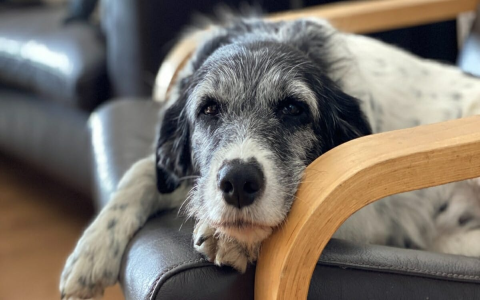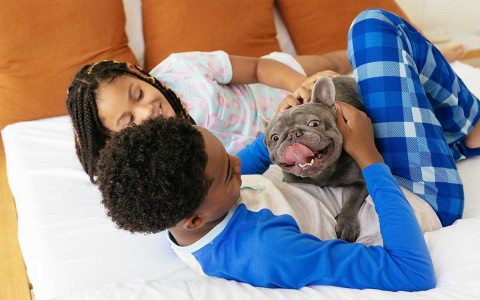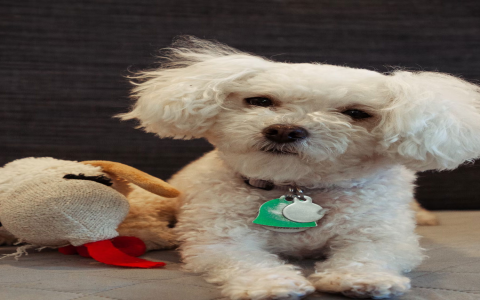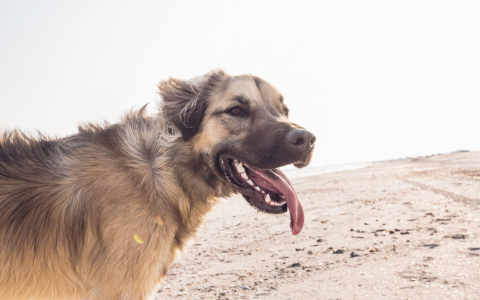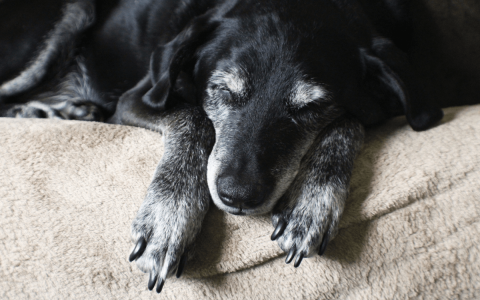Dog Zoomies at Night: What Causes Them and How to Stop?
Okay, so last night I was up late, like usual, scrolling through TikTok, and I saw this video about dogs getting the zoomies at night. You know, those sudden bursts of energy where they run around like crazy? It got me thinking, "Why do they do that?" I couldn't just leave it alone, so I decided to dive in and figure it out myself.
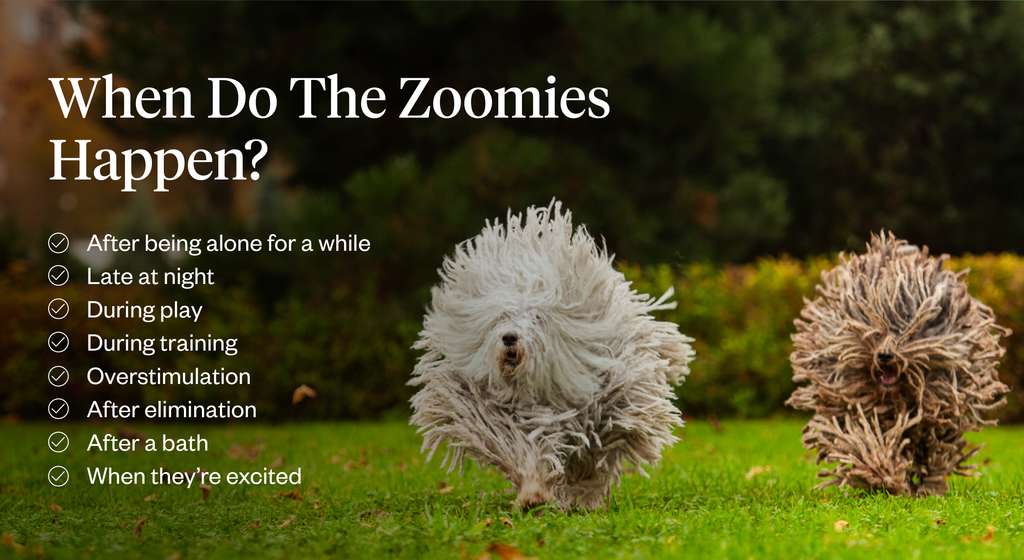
First thing I did was hit up Google. I typed in "why do dogs get zoomies at night" – super original, I know. A bunch of articles popped up, mostly saying it's pent-up energy or excitement. Some even mentioned something called "FRAPs" - Frenetic Random Activity Periods. Fancy, right?
But reading wasn't enough. I needed to see it in action. Luckily, I have a prime zoomies subject living with me: my own little terror, Max, a Jack Russell mix.
So, I started observing Max. I kept a little notebook (yes, I'm that extra) and jotted down what he was doing throughout the day. I noted when he was active, when he was napping, what he ate, everything. It was kinda like being a dog detective, which, honestly, I was living for.
What I noticed was that during the day, while I was working, Max mostly just chilled. He'd get a short walk in the morning, but after that, he was pretty much a couch potato until I finished work.
Here's where I got a little scientific. I decided to up his activity levels during the day. Instead of just a morning walk, I started taking him for a longer walk in the afternoon, and we played fetch in the backyard for about half an hour. I even got one of those puzzle toys to keep him mentally stimulated. The goal? To burn off some of that energy before nighttime.
The results? Mixed. The first night after upping his activity, Max still got the zoomies, but they were less intense and didn't last as long. He still ran around like a maniac, but instead of a full-blown five-minute sprint, it was more like a two-minute jog. Progress!
I also noticed that the zoomies usually happened right after he'd been sleeping for a while. Almost like he woke up, felt all refreshed, and just had to release that energy somehow.
So, I adjusted my strategy again. Instead of focusing solely on physical activity, I started incorporating more mental stimulation in the evenings. I'd teach him new tricks, work on his obedience training, or just give him a good chew toy to keep him occupied.

And that seemed to do the trick! Over the next few nights, the zoomies became less and less frequent. Some nights, they didn't happen at all. It wasn't a perfect fix, but it definitely made a difference.
Here's my takeaway: Dogs get the zoomies for a bunch of different reasons. It could be pent-up energy, excitement, or just a natural way for them to release stress. But by observing my own dog and experimenting with different strategies, I was able to figure out what worked best for him. More exercise and mental stimulation during the day, especially in the evenings, really helped to reduce those nighttime zoomies.
Would I call this a scientific breakthrough? Absolutely not. But it was a fun little experiment, and it definitely made my nights a bit more peaceful. Plus, I got to spend more time with my dog, which is always a win in my book.
So, what's next? I'm thinking of trying some different types of toys and games to see if I can further reduce the zoomies. Maybe even try agility training. Who knows? Stay tuned for more dog-related adventures!
- Increased daytime exercise
- Mental stimulation in the evenings
- Consistent routine
And that's my zoomies story. Hope it helps you understand your furry friend a little better!
